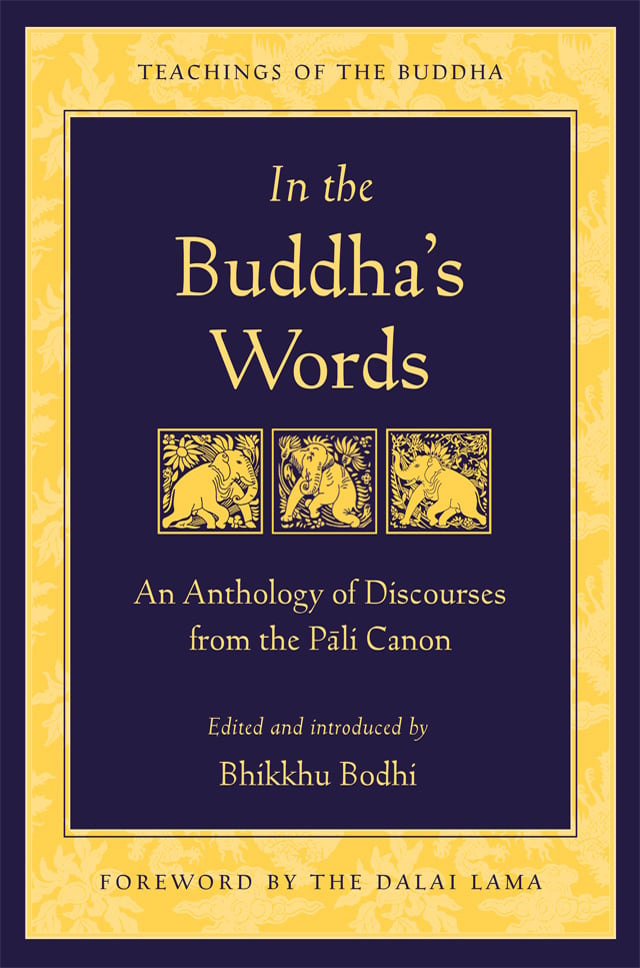I've been reading the Dhammapada and some connected Suttas (on the notes) translated by Thanissaro Bhikkhu on dhammatalks.org. As I read, I find many ideas go very well with our Zen practice, but others I can't find a direct connection. Does anyone know of resources or suggestions (books, web pages, or simply some technique or insight you want to share) for a Zen reading of the Pali Canon or how to reads the Suttas with a Zen outlook, instead of a Theravada one?
Gassho,
Tai Do
Satlah
Gassho,
Tai Do
Satlah
 )
)


Comment